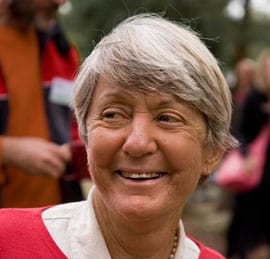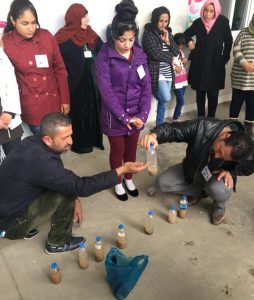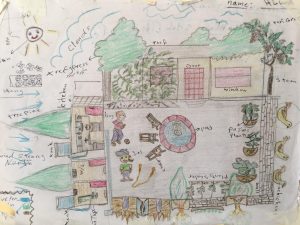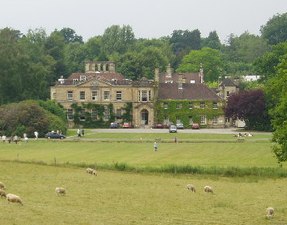For Contributors | The Australian Friend
Journal of The Religious Society of Friends (Quakers) in Australia

Articles
About us
For Contributors
Contact Us
For Contributors
You are here:Home/For Contributors

FOR CONTRIBUTORS



FOR CONTRIBUTORS
We welcome contributions (articles, photos, poems, drawings) which are consistent with the purpose of The Australian Friend. Contact us through the form on the website, or by email to austfriend@quakers.org.au. Articles should be attached as Word documents and generally should not exceed 1500 words.
We like to have a photograph of the author (head and shoulders), as well as other photographs relevant to the article. Send images as separate attachments, and not embedded in Word files. We prefer images in jpg format, and in files of at least 500KB. Contributions may be submitted at any time, though there are deadlines for each issue as set out below.
SCOPE OF ARTICLES FOR THE AUSTRALIAN FRIEND
As well as Australian Quakers, we like to hear from anyone of any age, faith community or political persuasion, and especially from isolated or distant Friends, who feel they have something to share with Quakers and like-minded people. Topics include spiritual and ethical matters, particularly those relevant to the Quaker Testimonies of Peace, Integrity, Equality, Simplicity and the Environment. If you are unsure, we will be happy to give you a response on an idea before you write. Please send an outline of your idea to the Editors. Include some information to introduce yourself and a valid return email address, as we like to verify the identity of our contributors. We accept unsolicited articles, so if your idea is well developed, the guidelines here will help ensure it is used.
Formats of contributions to The Australian Friend include articles, book reviews, poems, letters to the editor, news and upcoming events among Australian Quakers.
We are not able to pay for contributions.
BOOK AND OTHER REVIEWS
We are pleased to receive reviews of books, films, websites and other publications likely to interest Australian Quakers and like-minded people. Most reviews are of recent publications, but sometimes it is appropriate to let friends know about older books which may not be widely known, or to express an interesting or original opinion about an older book through a review.
Reviewers are invited to give a personal response to the book or publication, as well as some descriptive comment. We encourage reviewers to write in “their own voice”, and welcome critical comment within our value guidelines. We do not reproduce press releases or publishers’ blurbs, though they may be used in preparation of a review.
Reviews should be no more than 600 words. When more than one publication is included in a single review, this may be extended to a maximum 1,200 words.
If you are thinking of reviewing a book or other publication, you are invited to consult the Editors for information or help.
LETTERS TO THE EDITOR
Letters to the Editor should be sent by email to austfriend@quakers.org.au Publication is entirely at the discretion of the Editors, who may reduce the length of Letters and change the wording.
Letters should not be more than 250 words, and may contain links to publically available websites or online resources. Passwords and the like will not be published. Letters must include your real name, valid email address and Quaker affiliation (if any) in the email.
Letters to the Editor may contain opinions and/or facts, and readers should be able to distinguish between these. Please do not represent opinions as if they are facts.
Quakers treat all people with respect, and we invite our readers and contributors to do the same. While direct, plain language is encouraged, comments which are demeaning, defamatory, or otherwise contrary to our principles and practice will not be published.
If you wish to make a short comment on an article, a comment in the “Leave a Reply” box at the bottom of each article may be more appropriate than a separate letter. Note, however, that these comments will not be included in the printed version of The Australian Friend.
DEADLINES
The absolute deadline for all contributions is 2 weeks before the issue goes on line, i.e. mid-February, mid-May, mid-August and mid-November. The Editors would appreciate receiving contributions well ahead of these deadlines.



























